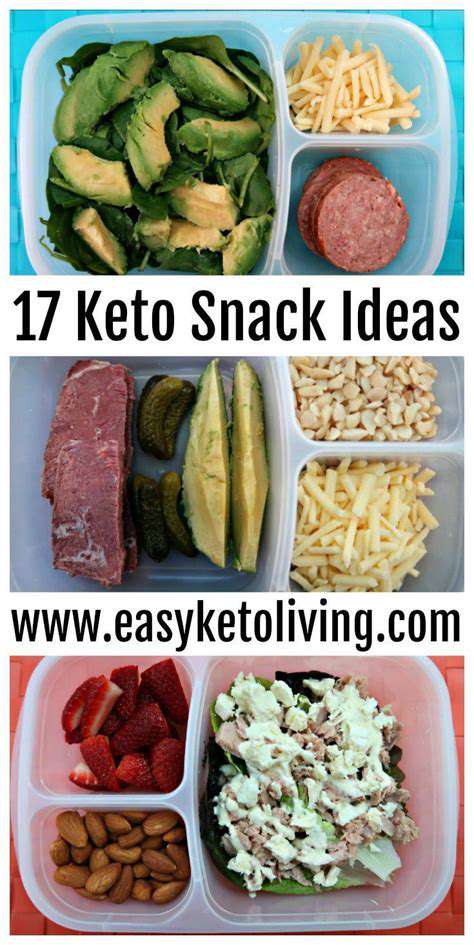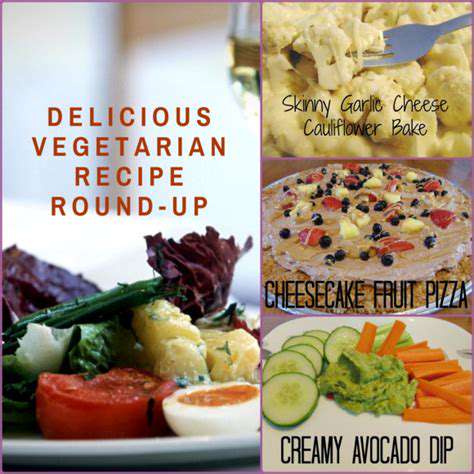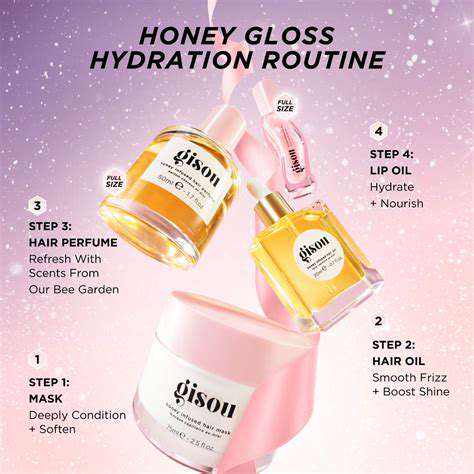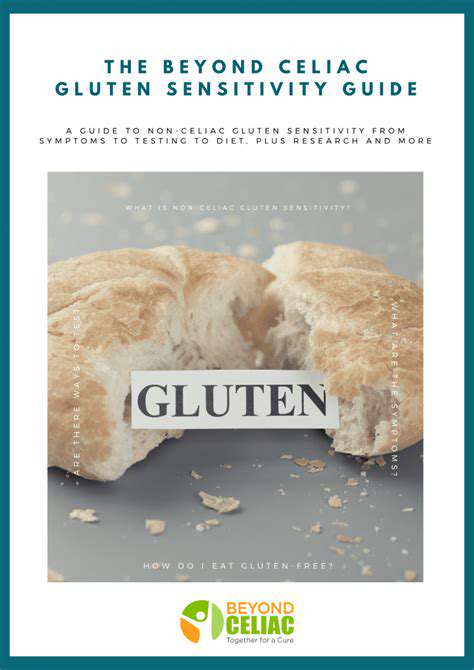Lunchbox Ideas for School and Work
Sandwiches are a classic lunchbox staple for a reason. They're versatile, customizable, and often a favorite among students and professionals alike. From simple ham and cheese to more elaborate combinations with various fillings, cheeses, and breads, the possibilities are endless. Consider incorporating lean proteins like turkey or chicken breast, along with vegetables like lettuce, tomato, and cucumber for added nutrients and flavor. Pre-portioning sandwiches into individual containers can also help keep things organized and prevent spills in your lunchbox.
For a more substantial sandwich, try using whole-wheat bread or wraps. This offers more fiber and nutrients compared to white bread. Experiment with different spreads, such as hummus or avocado, to add healthy fats and creaminess to your sandwich, making it more appealing and nutritious. Don't forget to consider the dietary needs and preferences of the individual consuming the sandwich. For example, if someone has allergies, be mindful of ingredients and ensure you're using safe alternatives.
Hearty Salads: A Light and Fresh Option
Salads offer a light and refreshing alternative to heavier lunches. A well-constructed salad can be packed with vitamins, minerals, and protein, providing sustained energy throughout the afternoon. Choose a variety of colorful vegetables, such as spinach, carrots, bell peppers, and cucumbers. Incorporate lean protein sources like grilled chicken or chickpeas to add substance and keep you feeling full. A light vinaigrette or a flavorful dressing can elevate the taste of your salad significantly, making it more appealing and satisfying.
Consider adding complex carbohydrates like quinoa or brown rice to your salad for added fiber and sustained energy. This helps in preventing the energy crash that often happens after a light lunch. Packing a salad in a lunchbox requires careful consideration. Use leak-proof containers to prevent soggy ingredients. Choose a dressing that won't overly saturate the salad and create a mess.
Protein Powerhouses: Keeping You Full and Focused
For a satisfying and filling lunch, protein-rich options like hard-boiled eggs, Greek yogurt, or lean protein wraps are excellent choices. Hard-boiled eggs are a convenient and portable source of protein, providing sustained energy throughout the afternoon. They're easy to prepare ahead of time and can be enjoyed on their own or added to a salad for extra protein. Greek yogurt, with its high protein content, is a great source of calcium and probiotics, promoting gut health and digestive well-being.
Leftover Wonders: Saving Time and Money
Taking advantage of leftover meals from dinner is a fantastic way to save time and money while still enjoying a nutritious and satisfying lunch. Leftover roasted vegetables, chicken stir-fry, or lentil soup are great options that can be repurposed into flavorful and healthy lunch containers. Leftovers can be a great way to introduce variety into your lunch routine, allowing you to experiment with different flavors and cuisines. Simply reheat the leftovers appropriately and pack them in leak-proof containers for a quick and easy lunch.
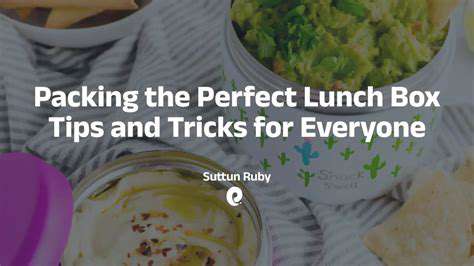
Lunchbox Organization Hacks: Keeping it All Together
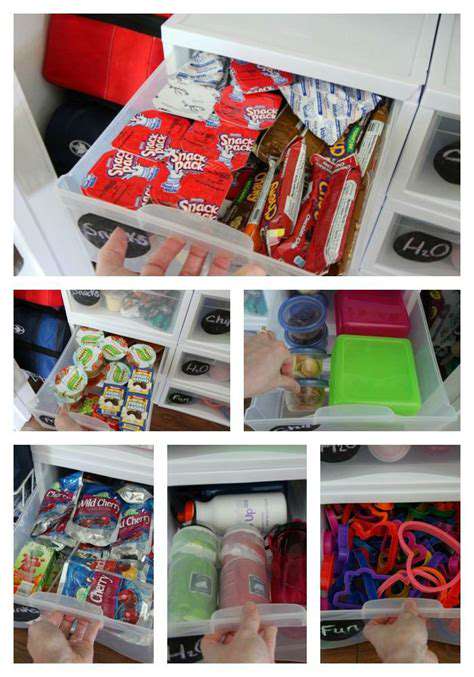
Lunchbox Organization Hacks: Maximizing Space
A well-organized lunchbox isn't just about aesthetics; it's about efficiency and minimizing the mess. Careful packing ensures your child enjoys their meal without a struggle and reduces the time spent on cleanup. By strategically utilizing compartments and containers, you can create a system that works for your child's needs and your own. Employing clear containers allows for easy identification of items and helps prevent wasted food.
Invest in specialized lunchbox organizers. These are designed to maximize space and keep items separate, reducing the risk of spills and mixing of different food groups. They can transform a chaotic lunchbox into a well-structured and appealing one.
Food Prep Strategies for Effortless Packing
Preparing components of lunches in advance can save valuable time in the morning. This means chopping vegetables, portioning snacks, and assembling small meals the night before. This simple step significantly reduces the morning rush and ensures a more enjoyable start to the day. Having everything prepped and ready to go can translate to a more relaxed morning routine.
Consider using reusable containers for storing prepped foods. These are not only environmentally friendly but also help maintain the freshness of your child's lunch items. Proper food storage is crucial for keeping your child's food safe and appealing.
Smart Snack Storage Solutions
Snacks are often the tricky part of lunchbox packing. They can get crushed, spill, or simply become a messy ordeal. To prevent this, use airtight containers for snacks like pretzels, crackers, and granola bars. This will protect the snacks from moisture and prevent them from becoming soggy or crumbling. Storing these items separately in containers or individual baggies prevents them from being crushed or getting mixed with other items.
Use small, resealable bags for individual portions of snacks. This helps with portion control, and limits the risk of overeating. It also makes it easy to identify and grab the desired snack quickly.
Utilizing Containers for Meal Variety
Using different sized and shaped containers can not only organize the lunchbox but also make it visually appealing. Utilize clear containers to showcase the different food groups. This visual appeal can encourage your child to try a variety of healthy options. This simple change can have a surprising impact on their willingness to eat a balanced meal.
Invest in small, stackable containers for various types of food. This will allow for easy separation of different components of the meal, like fruits, vegetables, and proteins. This method ensures that each item maintains its texture and flavor, which is a key benefit of proper food organization.
Creative Packing Techniques for Mess-Free Lunches
Using compartmentalized containers is a great way to keep foods separate and avoid spills. This is particularly helpful for liquids like juice or milk, which can easily make a mess in a standard lunchbox. Proper containment significantly reduces the risk of spills and makes cleanup a breeze.
Utilizing sandwich wraps or small containers to store sandwiches and other soft foods can help them retain their shape and prevent them from becoming soggy or squished. Using these techniques can greatly improve the overall presentation and enjoyment of the lunch for your child. This approach helps maintain the integrity and appeal of the food items.
